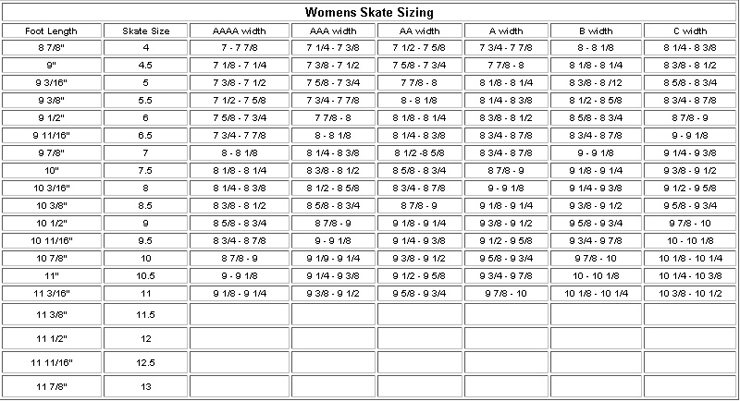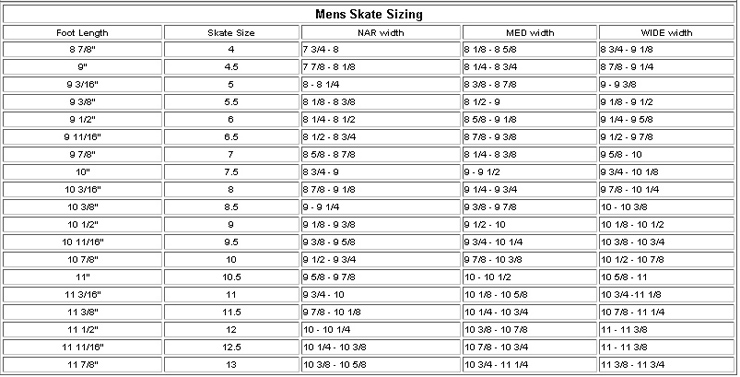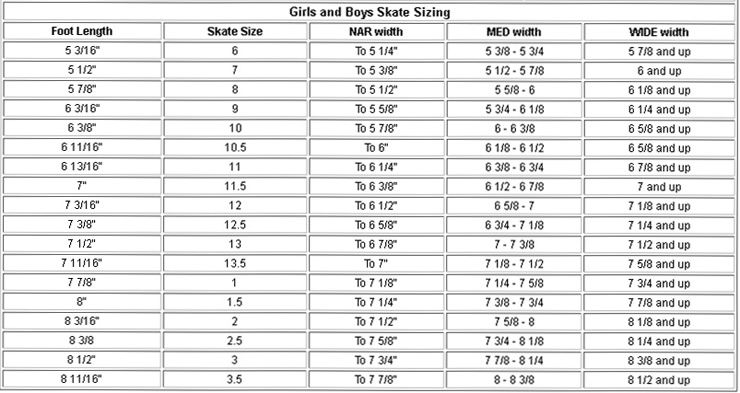Ice Skate Buyers Guide
What could be better than gliding over ice like a bird on the breeze? Or would you rather lace up and carve the ice as you shoot towards a terrified goalie? However you take to the ice, you know you need a great pair of ice skates to get the job done. But what makes a great pair of skates? Which features are right for your game, your built, your skill level? How do you tell skates apart, to find the one that's right for you?
At Sports Unlimited, we have a full selection of figure skates and ice hockey skates for all ages and skill levels, and thankfully, we also know plenty about them. So read on and let us answer your questions, and help you narrow down your selections, to find the perfect pair of skates for your favorite winter pastime.
How do ice skates work?
Ice skates, in one form or another, have been helping people glide across frozen lakes, rivers, ponds, creeks, and rinks since as far back as 3000 B.C. Now, I doubt that the original ice skates made of animal bones and leather were used by ancient man to play hockey or perform triple axles, but the basic principle of using a strong, sharp object, attached to the feet, to propel oneself over ice remains the same even today. Thankfully though, our methods, materials, techniques, and uses have evolved just a bit.
Modern ice skates use a strong, sharp metal blade, attached to a comfortable and stiff boot, instead of bone and leather. Ice skaters use their legs, ankles, and feet to propel themselves across the ice, similar to the motion of roller skating or roller blading. Although the motion is simple, when you add sport or style to it, it starts to get complicated.
The latest ice skates are technological achievements in engineering, metallurgy, and design of the highest order, although to the untrained eye, they may all seem to look the same. Admittedly, most modern ice skates do have a similar general construction (blade, boot, laces, etc.). The devil, as the say, is in the details, which is why figure skates and ice hockey skates can range anywhere from $30 to over $300.
What are the differences between figure skates and ice hockey skates?
In the ice skating world, there are two main types of skates (and skaters) out there; ice hockey and figure skating. Besides their obvious differences in use, these two types have plenty of visible, design, and material differences.
Figure Skates
Characterized by a longer blade, with small teeth at the front end, called a toe pick, and an extending length of blade at the end, called a tail. Toe picks are used to stop, as pivot points when the skater spins, or as take off or landing points for jumps. They are also easy to trip over for beginners.
Ice Hockey Skates
Characterized by a shorter, less complicated blade with no tail or toe pick. Hockey skate blades have a curved front and rear to increase speed, maneuverability, and agility, when skating backwards or forwards. These blades are also typically narrower than figure skate blades.
Top of PageWhat are the parts of an ice skate?
To better understand the intricacies and uses of ice skates, and in turn, to help you find the skates that work for you, it's important to understand the parts of a modern skate:
The Boot
- Purposefully rigid, with reinforcements in the ankle, to support the foot and ankle when skating and performing moves and jumps
- Cut just over the ankle, to allow for some flex and improved comfort and speed
- Typically made from synthetic materials for comfort and durability
- Feature warm linings and padding inside to keep feet and ankles cozy
- Heel support in some skates
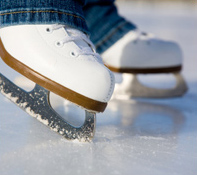
The Blade
- Typically made of carbon steel coated in chrome, for durability, strength, sharpness, and style
- Most blades are about 4mm thick, but this can range based on preference, age, weight, and skill level
- Skate blades are curved slightly to form an arc, the radius of which can range between 180-220cm. Referred to as the "rocker" of the blade
- A grooved bottom of the blade, known as a hollow ground, creates two edges, one inside and one outside
- The radius of this groove, called the Radius of Hallow (ROH) differs depending on skill level, preference, style, etc.
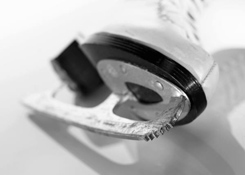
What are the features of a good ice skate?
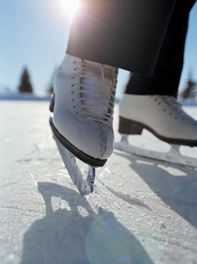
This is the point in which the differences between high end and low end figure skates start to become more apparent. Keep in mind though, that a "good" skate is relative to your budget and skill level. Some of the following features would be inconsequential to a beginner skater, while an advanced skater couldn't live without them. That being said, let's answer the question.
High-end, modern ice skates feature:
- Heat-moldable linings made of strong, comfortable, and lightweight materials
- Easily broken-in materials
- Moisture wicking linings
- Quarter padding for comfort and additional support and structure
- Heel counters for improved support
- Hinged ankles for greater flexibility without sacrificing flexibility
- Lightweight, strong, and sharp blades
How do I find the right skate for me?
This is a weighted question, and will depend on a lot of factors. Before we start to answer it, and help you find your perfect ice skate, let's answer a few preliminary questions:
- What is your skill level? Have you been skating for a while, or are you
just setting out onto the ice?
Different ice skates are designed for different skill levels, meeting the demands of different skates with varying blades and boot features. - What type of skating will you be doing? Are you playing hockey, freestyle
skating, dance skating, figure skating, etc.?
The skate you need depends greatly on the type of skating you're going to be doing, since each discipline requires different techniques. - What is your body type, size, and age?
Your height, weight, and age affect the size and type of skate you'll need. Also, the heavier the skater, the wider the ROH needed.
How do I find the right ice skate for my skill level?
Most ice skates are broken down by skill level. This means that the features of a particular skate are best suited for that skill level, not that a beginner ice skate is necessarily "better" than an intermediate one.
- Recreational Ice Skates - Meant for casual skaters, recreational skates have a simple lace for easy on, off, and fitting, as well as basic boots and blades. Similar to beginner skates, these ice skates will only take you so far, and will not hold up to advanced spins, jumps, and other maneuvers.
- Beginner / Entry Level Ice Skates - Designed for those just starting out, featuring softer synthetic boots and linings, PVC soles, and basic blades, that perform adequately for basic moves and skating. Entry level skates will most likely not hold up to advanced maneuvers and jumps.
- Intermediate / Advanced Ice Skates - Boots and blades that perform well at the highest, most demanding levels, these skates are more complicated, and in turn, more expensive than most other figure skates.
What is my ice skate size?
Once you've determined which skill level fits you, it's time to measure yourself for the perfectly sized ice skates. After all, you're going to need these skates to fit correctly to get the most out of them, and ride comfortably. To get the most accurate measurements:
- Place a ruler or tape measurer on a flat surface, like the ground, with one end against a wall.
- Stand up straight on the ruler or tape, with your heel against the wall.
- Measure the length of your foot from the end of your longest toe to the heel
- Enter the sitting position.
- Use the tape measurer or ruler to measure the widest part of the ball of your foot
- Pull the tape measurer snugly, to get the most accurate read out.
Please note, most skate companies design their ice skates to fit snuggly, for a proper fit. If you prefer a looser, more roomy fit, add 1/4" to all of your measurements.
Now that you have your measurements, consult the following charts to see which size ice skate you are:
